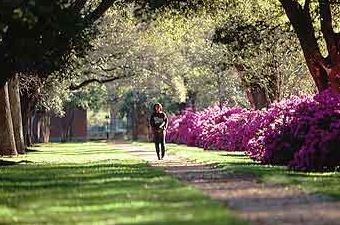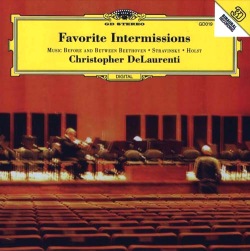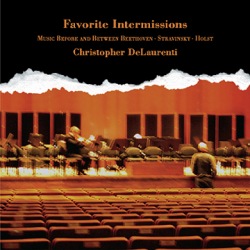I went to two excellent concerts recently which served as great illustrations of what happens when a composer really understands what the instruments he or she is writing for are capable of. The first was a concert by cello/percussion duo Odd Appetite at Symphony Space in New York on March 12. Percussionist Nathan Davis and cellist Ha-Yang Kim are both composers, and they usually play some of their own music on the Odd Appetite concerts. Both embody the composer-performer aesthetic, although to a certain extent I am imposing that terminology on them–last summer when I asked Ha-Yang how she would describe herself she replied simply “I’m a musician” saying that she doesn’t see her composing and performing as distinct activities. In both cases, because they know their instruments so well they can write music which covers the full range of the instruments capabilites–“extended technique” begins to lose its meaning. In fact, for many composers I find that extended technique can feel forced, as if it is being used for the sake of having used it, but in this case the “extended” technique is treated as merely part of the standard repertoire of available sound. Because they work so colaboratively, they understand eachothers’ instruments almost as well as their own. The result is a music which often seems to be not so much about some abstract conception of music but about the instruments themselves. The whole concert was excellent, but the final piece was Ha-Yang’s “Samtak” which is absolutely breathtakingly gorgeous.
Then this past week I attended a concert by the International Contemporary Ensembe (ICE) on April 2nd at The Tank in downtown Manhattan. This concert was all music by Nathan Davis, and again revealed Nathan’s deep understanding of the capabilites of the instruments. He made a point of telling the audience that he hadn’t simply written music for the instruments but had worked closely with the players who would be performing the pieces in order to learn about both the instruments and the capabilities of the musicians playing them. This strategy especially paid off in the haunting final piece “The Bright and Hollow Sky” for flute, clarinet, trumpet, guitar, and percussion. The title is taken from a line in Iggy Pop’s song “The Passenger,” and Nathan told me that he felt that the line captured the feel of the piece, which seemed to him related to the Iggy Pop song, and that he simply loved the combination of those three words. I’m not sure I see the connection that he was talking about, but the ensemble of treble instruments mixing the “bright” of the trumpet and the guitar with the “hollow” of the clarinet and the flute worked for me anyway.
With both of these musicians, I am reminded of composer-performer Evan Ziporyn (they’ve all played together) whose extended-technique-laden clarinet album was entitled “This is Not a Clarinet.” In the same way, in Nathan’s and Ha-Yang’s hands the percussion battery and the cello are not merely percussion and cello.
 When you’re in a town with a good university or two, spring always brings a sudden flood of concerts and recitals, almost all of them free. It’s kind of like having a mini-festival, chock-a-block full of tasty morsels. Down here in Houston,
When you’re in a town with a good university or two, spring always brings a sudden flood of concerts and recitals, almost all of them free. It’s kind of like having a mini-festival, chock-a-block full of tasty morsels. Down here in Houston,  At 66, baritone
At 66, baritone  At the start of 2007, I told you about my composer/sound-artist pal
At the start of 2007, I told you about my composer/sound-artist pal  After lengthy negotiation, Chris’ CD has been given the green light again, and is
After lengthy negotiation, Chris’ CD has been given the green light again, and is  I must confess that I had never heard of pianist
I must confess that I had never heard of pianist